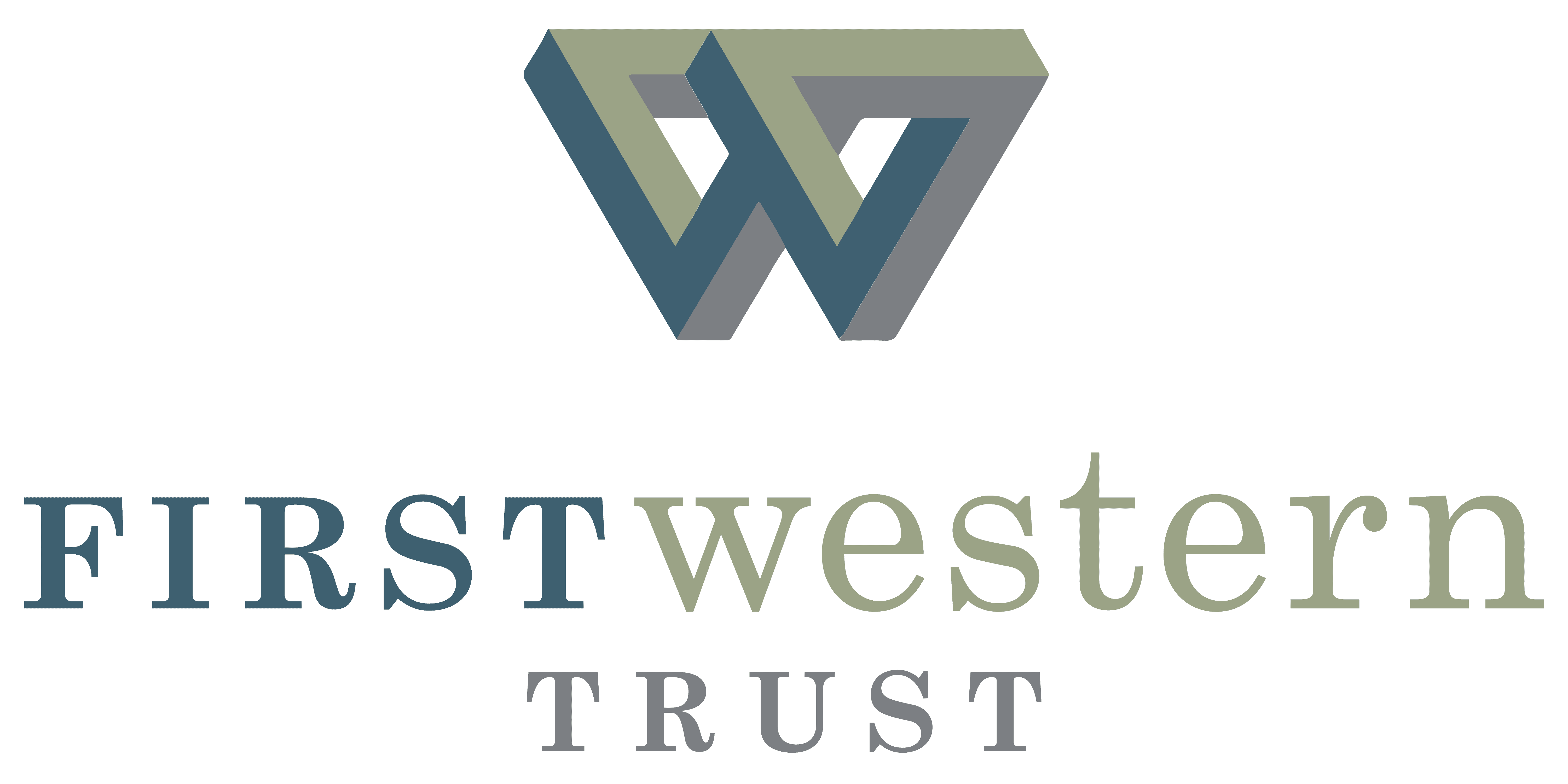
What You Should Know About PPP Loan Forgiveness
September 17, 2020
In late March of 2020, the COVID-19 pandemic was tearing through the United States Economy, disrupting supply lines and putting millions of people out of work and their businesses in jeopardy. On March 27, 2020, Congress passed the Coronavirus Aid, Relief, and Economic Security (CARES) Act in an attempt to offset some of the damage done.
A major provision of the bill was the Paycheck Protection Program (PPP), which funded loans for small businesses to help them stay open and pay their employees during this crisis. One of the most appealing aspects of the PPP was the fact that loans could be forgiven if they were used properly. If you took out a PPP loan to keep your business afloat and want to know if and when it can be forgiven, here’s what you need to know.
The Terms of PPP Loan Forgiveness
- First, here’s what you can expect if your loan is not forgiven.
- PPP loans have an interest rate of one percent
- Loans issued prior to June 5 have a maturity of two years. Loans issued after June 5 have a maturity of five years.
- Loan payments will be deferred for six months
- No collateral or personal guarantees are required
- Neither the government nor lenders (most PPP loans were issued through private banks) will charge small businesses any fees.
Of course, none of that matters if the loan is forgiven. However, given that the loan payments were deferred for six months, small businesses that received their loans as early as possible (early April) will have to start making payments in early October if they don’t pursue forgiveness.
In order to have your loan forgiven, you need to have used the funds from your PPP loan to pay for the essentials of running a business — payroll, mortgages, rent, and utilities. The most important element of that is payroll. At least 60 percent of your loan must have been spent on payroll, and the forgiveness is based on the employer maintaining or quickly rehiring employees and keeping salary levels consistent. If full-time headcount goes down or salaries and wages decrease, the amount of your loan that will be forgiven will be reduced.
The loan forgiveness process is designed to make it easy to comply and simplify the process, including features like:
- The ability to calculate payroll costs using an “alternative payroll covered period” that lines up with your normal payroll cycles.
- The flexibility to include other expenses incurred during the first 24 weeks after receiving your PPP loan
- Instructions on how to calculate your eligibility for loan forgiveness based on the terms of the CARES Act
- Exemptions from loan forgiveness reduction based on rehiring employees that you might have already laid off or making good-faith offers to rehire employees who then turned you down.
Finally, there’s an “eligible period” to keep in mind. The loan is intended to cover 24 weeks of expenses, so you can’t just take out a loan for five years of your mortgage and have it written off. You’ll be expected to show documentation for what you spent the money on and when, so make sure you’re keeping detailed books.
After the 24-week eligibility period, you might have money left over. That’s ok! You can actually keep the money and pay off the loan at one percent interest — a pretty good rate that you might want to take advantage of — or you can give the money back to your lender.
Talk to First Western
If you’ve taken out a PPP loan and you’re not sure how to go about applying for forgiveness, talk to First Western Trust Bank and we’ll help walk you through it — even if you didn’t get your loan from us! We’ve always been closely involved with our communities, and we know that the success of a local economy is reliant on helping its small businesses thrive, so we’re here to help. Get in touch with any of our offices here, and we’ll walk you through what you need to know.













